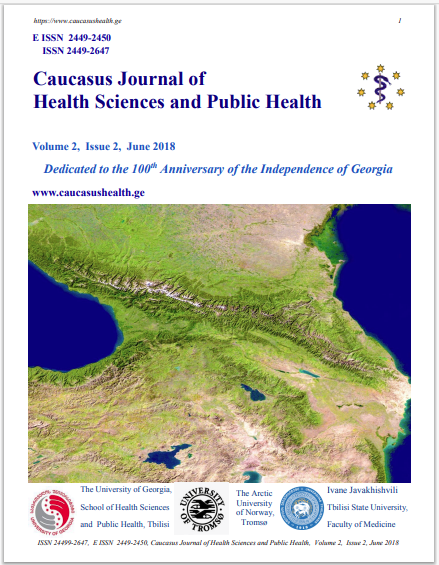Abstract
The importance of cancer registries lies in the fact that they collect accurate and complete cancer data that can be used
for cancer control and epidemiological research, public health program planning, and patient care improvement. Cancer registration is the basic method by which information about the incidence, type, extent of disease at time of diagnosis, treatment methods used and survival of patients with cancer is systematically collected (Wagner, 1991). Cancer
registries play an important role in the fight against cancer. Local, state and national cancer agencies use registry data
in defined areas to make important public health decisions that maximize the effectiveness of limited public health
funds, such as the placement of screening programs (Yasui et al., 2017). Cancer registries are valuable research tools
for those interested in the aetiology, diagnosis and treatment of cancer. Fundamental research on the epidemiology of
cancer is initiated using the accumulated data. Lifetime follow-up is an important aspect of the cancer registry (Stiller,
1993). Current patient follow-up serves as a reminder to physicians and patients to schedule regular clinical examinations and provides accurate survival information. The roles of hospital-based, pathology-based, and population-based
cancer registries are different and complementary. The first two types of registry serve important administrative and
clinical functions, but only PBCRs provide an unbiased profile of the present cancer burden and how it changes over
time. PBCRs have a unique role in planning and evaluating population-based cancer control actions aimed at reducing
the cancer burden in the community (Parkin, 2006). In 2015, Population-based Cancer Registry, which is an organized
system for collecting, storing, analyzing, interpreting and presenting the cancer data, was implemented in Georgia. The
Registry plays a significant role in terms of gathering qualitative data of cancer incidence and prevalence. Using this
type of registry is important for cancer control programs’ assessment, for the defining and planning priority interventions, for cancer screening and for proper implementation other preventive measures, as well as for evaluation of the
service effectiveness to determine the oncological patients’ medical care dynamic observation. After the introduction
of cancer registry in Georgia, the registered incidence of malignant neoplasms almost doubled (NCDC Annual Report
2016, 2015). A review of the latest data obtained from the registry indicates that it records more cancer cases than were
known of before it was introduced. The cancer incidence rate derived from this registry is close to the average rates for
both the European Region and the CIS (Medical Statistics, 2016).

This work is licensed under a Creative Commons Attribution 4.0 International License.
Copyright (c) 2018 Nino Abesadze

